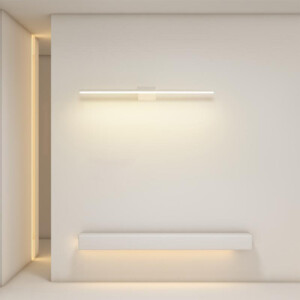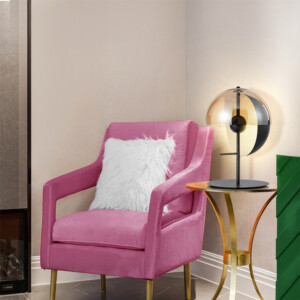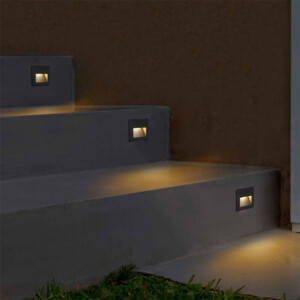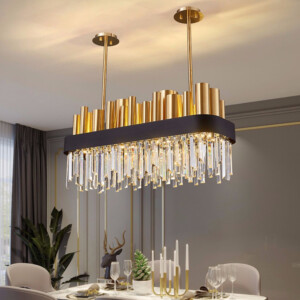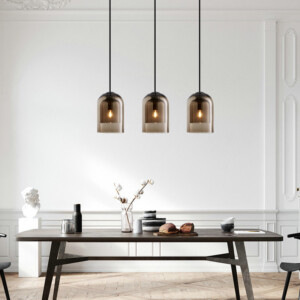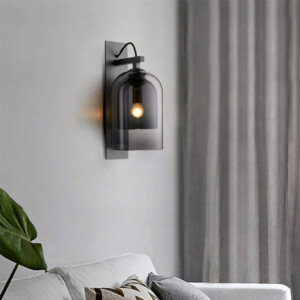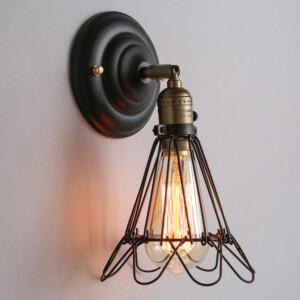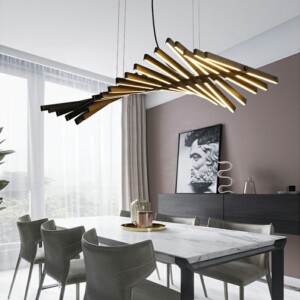Lighting plays an essential role in creating a warm, inviting atmosphere that enhances any home’s decor. Choosing the right type and style of light fixture is crucial when designing a well-lit space. In this beginner’s guide, we’ll explore the different types of lighting, how to choose the right light fixtures for your space, the role of bulbs and wattage, and the importance of layering light for maximum impact.
Understanding Different Types of Lighting
There are three main types of lighting: ambient, task, and accent. Ambient lighting provides overall illumination and is usually the primary source of light in a room.
Task lighting is used to illuminate specific areas for activities such as reading or cooking.
Accent lighting is used to highlight specific areas or objects such as artwork or architectural features.
Choosing the Right Light Fixtures for Your Space
When selecting light fixtures, there are several factors to consider, such as the size of the room, ceiling height, and the style of your decor. Popular types of light fixtures include chandeliers, pendant lights, and wall sconces.
Chandeliers are a classic option for high-ceilinged spaces and add a touch of elegance to any room.
Pendant lights work well in smaller spaces or as task lighting over a kitchen island or dining table.
Wall sconces are perfect for adding ambient or accent lighting and can be used in any room.
The Role of Bulbs and Wattage
Different types of bulbs can affect the mood and ambiance in a room. Warm-colored bulbs create a cozy and inviting atmosphere, while cool-colored bulbs provide a more energizing and stimulating environment. The wattage of a bulb is also important to consider. Too high of wattage can create harsh, glaring light, while too low of wattage can create a dim and uninviting atmosphere. Choosing the appropriate wattage for each space is crucial for achieving the desired effect.
Layering Light for Maximum Impact
Layered lighting creates depth, adds interest, and highlights specific areas within a room. To achieve layered lighting, use a combination of ambient, task, and accent lighting. Start with the ambient lighting as the primary source of light and layer in task lighting and accent lighting as needed. For example, in a living room, you could use a chandelier for ambient lighting, a floor lamp for task lighting, and table lamps or wall sconces for accent lighting.
Importance of Natural Lighting in Home Decor
Natural light is also an important factor to consider when designing a well-lit space. Benefits of natural light in home decor include enhancing the mood and energy of a room, reducing electricity costs, and providing health benefits. To maximize natural light in your space, consider using light-colored or sheer window treatments, placing mirrors strategically to reflect light, and using light-colored furniture and decor.
Understanding the role of lighting in home decor is crucial for creating a warm and inviting atmosphere. By choosing the right type and style of light fixture, considering the role of bulbs and wattage, and layering light for maximum impact, you can transform your space into a beautiful and well-lit sanctuary. Don’t be afraid to experiment with different types and styles of lighting to find what works best for you and your home.

